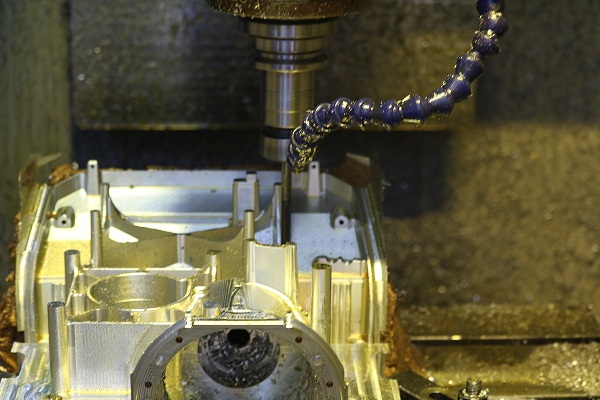Get in touch.
Dear,I will reply in 12 hours. All your message are protected!
Rapid Prototyping Services, Professional manufacturer of CNC Prototyping and 3D Prototyping in China.
CNC (Computer Numerical Control) machining is a versatile manufacturing process widely used for creating precise and intricate components. When it comes to machining cavities, CNC technology offers exceptional capabilities. In this article, we will explore the techniques and best practices for CNC machining cavities, providing valuable insights to optimize your cavity fabrication process.

1.Design Considerations:
Before delving into CNC machining cavities, meticulous planning and design considerations are essential. Determine the desired shape, dimensions, and surface finish requirements for the cavity. Incorporate accurate specifications in your CAD (Computer-Aided Design) model or technical drawings to ensure precise machining.
2.Tool Selection:
Select appropriate cutting tools for machining cavities. End mills, ball nose mills, or specialized cavity mills are commonly used for creating cavities. Choose the appropriate tool geometry, size, and material based on your specific application and the desired surface finish.
3.Machining Techniques:
Implement the following techniques to achieve optimal results in CNC machining cavities:
Pocket Milling: Utilize pocket milling operations to remove material from the cavity area. Specify the dimensions and shape of the cavity in your CAM (Computer-Aided Manufacturing) software to generate the appropriate toolpaths. Adjust the stepover and stepdown values to control the level of precision and surface finish.
Z-Level Machining: Employ Z-level machining techniques for machining deep cavities. This method involves machining the cavity in multiple passes at different depths, gradually removing material until the desired cavity shape is achieved. Adjust the cutting parameters to ensure efficient material removal and minimize tool wear.
4.Cutting Parameters:
Optimize cutting parameters for machining cavities. Adjust the spindle speed, feed rate, and depth of cut based on the material being machined and the desired surface finish. Consider the tool's cutting edge geometry, flute count, and coating to ensure effective chip evacuation and minimize the risk of tool wear or deflection.
5.Toolpath Simulation:
Before executing the machining process, simulate the toolpaths in your CAM software to verify the accuracy and feasibility of machining the cavities. This step helps identify any potential collisions or errors that could affect the quality of the final product. Make necessary adjustments to the toolpaths or design if required.
6.Quality Control:
Implement a comprehensive quality control process to verify the accuracy and consistency of the machined cavities. Use precision measuring instruments such as calipers, micrometers, or coordinate measuring machines (CMMs) to check the dimensions and tolerances of the cavities. Conduct visual inspections to ensure the surface finish meets the specified requirements.
Conclusion:
CNC machining offers exceptional capabilities for fabricating precise and complex cavities. By considering design aspects, selecting appropriate tools, employing effective machining techniques, optimizing cutting parameters, simulating toolpaths, and implementing rigorous quality control, you can achieve high-quality cavities that meet your desired specifications.
© 2005-2020 Shenzhen Tuowei Model Technologies Co., Ltd. | All Rights Reserved 粤ICP备11096697号